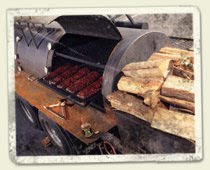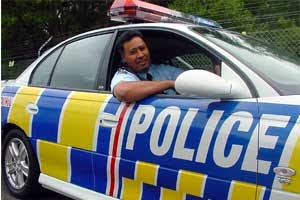 "So this is a first for you?" my friend Larry asked me one day. He was famous for that line, his signature move in getting me to try new things, from changing the oil in my car to putting a new roof on a house to skiing. I played willing pigeon to his schemes so long as I kept him in front of me and my car keys in my pocket. Skiing for the first time, though, was definitely one I could neither back out of or turn down. I trusted the instigator to think enough of me to not get me killed or permanently disabled so off we went to Colorado.
"So this is a first for you?" my friend Larry asked me one day. He was famous for that line, his signature move in getting me to try new things, from changing the oil in my car to putting a new roof on a house to skiing. I played willing pigeon to his schemes so long as I kept him in front of me and my car keys in my pocket. Skiing for the first time, though, was definitely one I could neither back out of or turn down. I trusted the instigator to think enough of me to not get me killed or permanently disabled so off we went to Colorado.A buddy of his joined us and the three of us set off from the Denver airport in to the "front range" of the Rockies to Breckenridge, there to spend a weekend watching me make a Green Hill fool of myself while they continued their lifelong friendly rivalry on the moguls, slaloms and intermediate courses. The real fun began simply in procuring our rented gear. Other than reasonably protective clothing I needed to be kitted out from top to bottom so the hootin' and hollerin' began while I patiently let the rental agents pick out the skis and poles that would best protect me, the environment and their equipment for any calamitous mishaps.
The main event was finding shoes that would fit; at Size 14s, the largest they had to offer was Size 12. Since I wasn't going to buy a pair for what might have been my only skiing experience ever, I knew that I was going to pay a price for tight shoes that I'd never worn before.
"How do ya walk in these things?" I asked, not at all being able to get the hang of the forward angle to induce a permanent knee bend while skiing.
"Just pretend you're walking in heels," the butch frat jock type replied, not at all disturbed or embarrassed by his wizened advice. The look on my face, though, said enough. I wanted to know how he knew that! Not even slightly perturbed, he gave me the next critical piece of advice which was at the end of the ski lift, kick off from the seat and ski down the very slight incline before stopping. The lifts were constantly moving and if I didn't time it right, I'd end up riding the thing right back down to the bottom of the hill!
That never happened but by the time Larry and I got to the top of the lift I stood straight up first instead of simply letting the lift give me the momentum needed to shush down the small hill. Still running behind me, the chair took the back of my knees out and then swung away from underneath me, leaving me flat on my back and looking up through the boards of the chair as it rolled overhead.
"Shoot the elephant!" came the immediate good-natured yet taunting outcry from the dangling passengers still on the lift and waiting their turn to alight as the attendants sighed, rolled their eyes and slammed the stop button to bring the entire apparatus to a halt. This sobriquet applied to one and all who couldn't handle the lift I later learned and actually ended up enjoying my day on the bunny hills. I was s-turning and slide stopping fairly well by mid-day but mixed in with my share of belly-flops in to the snow and watch-out-for-that-tree moments, to be sure.
When it was all over I had not torn any ligaments, broken any bones or suffered from frost-bitten digits or snow-glare to the amazement of one and all. Returning the shoes, however, brought everything back in to focus as I removed the left boot to reveal a double set of snowy white socks that was strangely bright red at the tip. With my feet being somewhat numb from the cold all day and myself having concentrated on surviving my first ski experience the price of tight shoes, snow heels, no less, was indeed paid: the left big toe nail had separated itself completely, sparking a race between the onset of the pain and the effects of the pain killers hastily bought at the onsite drug store to kick in. It wasn't even close.
I haven't been on a roof since that one and only time which was in a pouring rain but I do appreciate the lesson in advanced car care and Larry and I later followed up this adventure with another skiing adventure to Kirkwood at Lake Tahoe, but that's another story.
Gotta go!
















 Earlier I had written about making "Gold" status with
Earlier I had written about making "Gold" status with 